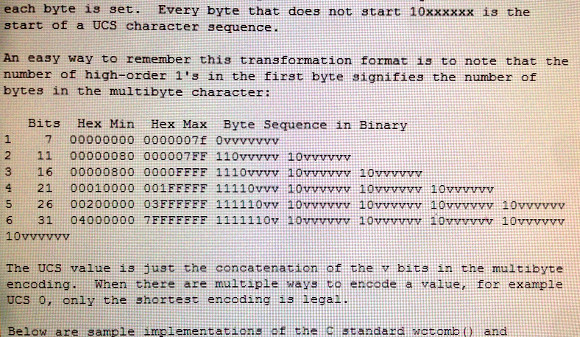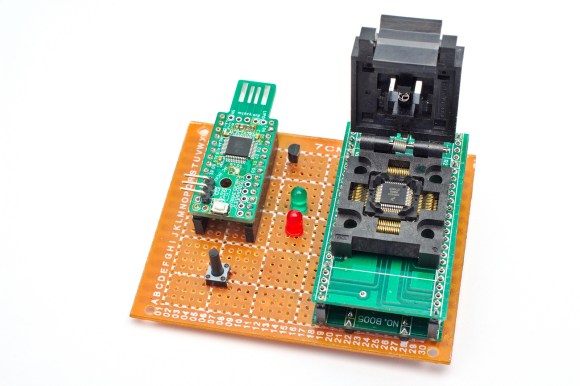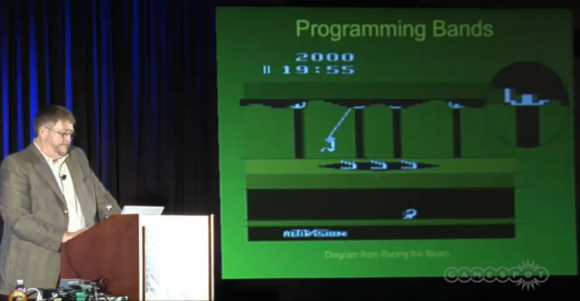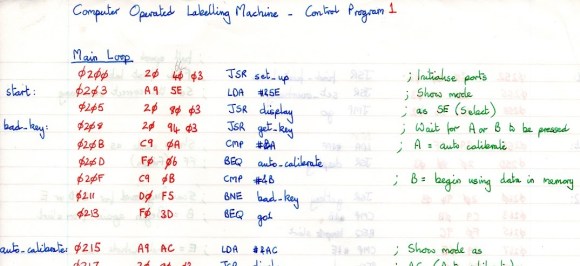While it may not look like much, the image above is a piece of the original email where [Ken Thompson] described what would become the implementation of UTF-8. At the dawn of the computer age in America, when we were still using teletype machines, encoding the English language was all we worried about. Programmers standardized on the ASCII character set, but there was no room for all of the characters used in other languages. To enable real-time worldwide communication, we needed something better. There were many proposals, but the one submitted by [Ken Thompson] and [Rob ‘Commander’ Pike] was the one accepted, quite possibly because of what a beautiful hack it is.
[Tom Scott] did an excellent job of describing the UTF-8. Why he chose to explain it in the middle of a busy cafe is beyond us, but his enthusiasm was definitely up to the task. In the video (which is embedded after the break) he quickly shows the simplicity and genius of ASCII. He then explains the challenge of supporting so many character sets, and why UTF-8 made so much sense.
We considered making this a Retrotechtacular, but the consensus is that understanding how UTF-8 came about is useful for modern hackers and coders. If you’re interested in learning more, there are tons of links in this Reddit post, including a link to the original email.





















